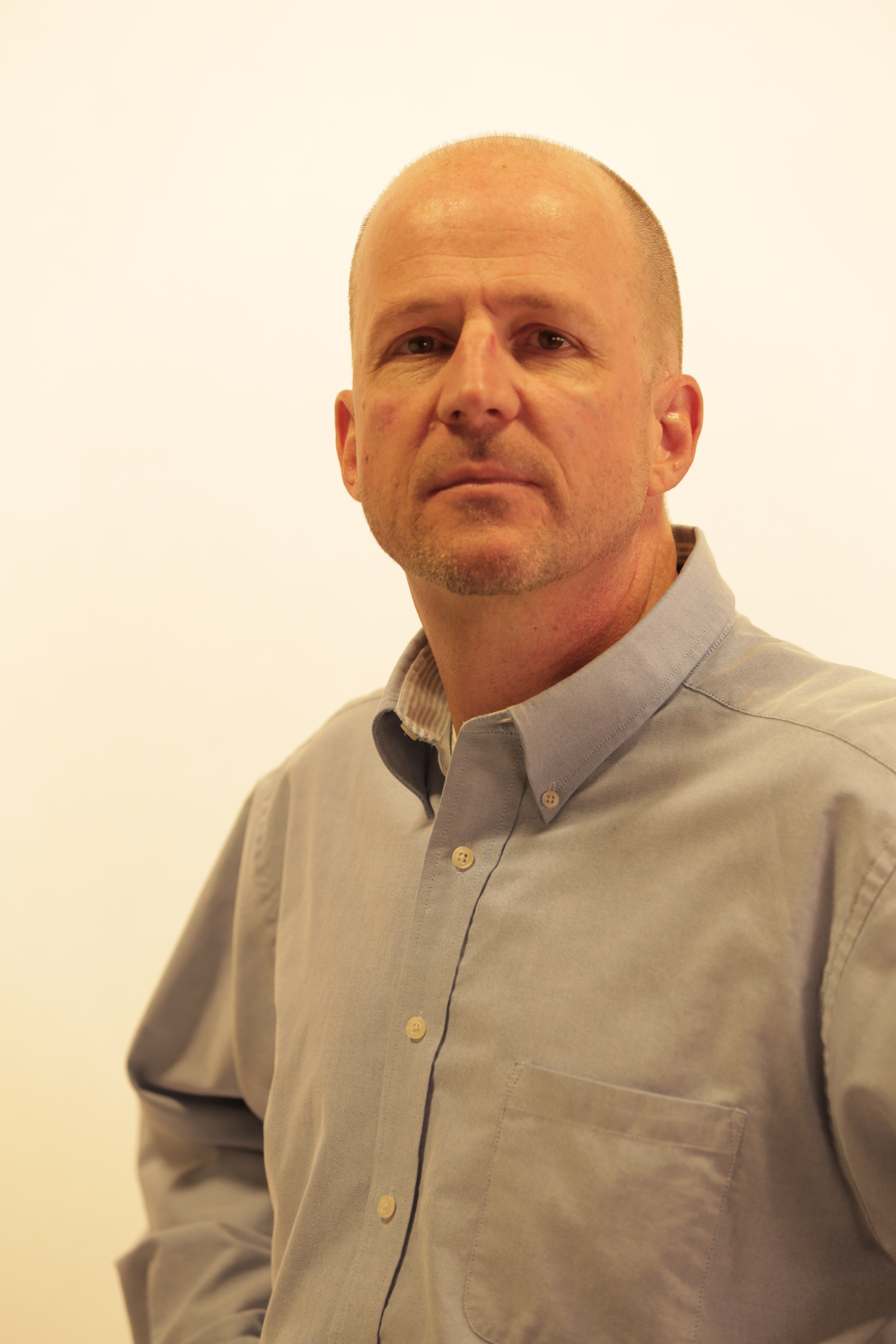Spectrum Proposals Leave Broadcasters, Wireless Mics Vulnerable
WASHINGTON--The FCC holds the future of both broadcasting and broadband firmly in its hand but with the release of the Spectrum Incentive Auction Report and Order, along with same day comments on net neutrality, it can be hard to discern whose interests will prevail and who will be dealt the winning hand.
“The order was extremely disappointing,” commented The National Association of Broadcasters Vice President of Strategic Planning Rick Kaplan. His broadcast industry’s lobbying group voiced concern over both technical and financial issues raised by the FCC’s newest report.

Steve Largent
The response from the wireless industry’s lobbying group was quite different, “CTIA commends FCC Chairman Tom Wheeler, the Commissioners and the Incentive Auction Taskforce for their leadership in shepherding the Order,” said CTIA President and CEO Steve Largent. They see the incentive auction and repacking of TV channels as a future gold rush on available new spectrum, which would aid their push for net neutrality.
Both groups have huge financial stakes in what the commission decides. Even a subtle shift in either direction could mean huge dollars for one and possible equal losses for the other. Both industry plans have a lot to offer the consumer, from new to more accessible product offerings. Who wins in the end will have a major impact on the future of media delivery and the telecommunications business model in this country. Broadcasters want to continue free over-the-air programming, and like the Sinclair Broadcast Group, are looking to leverage their spectrum for new consumer-based digital program services. The wireless industry would like to cover the country in a broadband web that provides easier access to Internet based services.
With so much at stake for two huge industries and the future of two competing services in the balance, such strongly polarized responses to the same event will only mean that each subsequent ruling from the FCC will be closely watched and debated.
BROADCASTER CONCERNS
Get the TV Tech Newsletter
The professional video industry's #1 source for news, trends and product and tech information. Sign up below.
Clearly the broadcast industry is the most concerned with the direction the FCC is taking by voicing their concerns through the NAB. The CTIA’s encouraging response may mean that they think the FCC is leaning towards an outcome beneficial to them. The high order comment that is typical at a public notice like this R & O, is the precursor to the hundreds of pages of text that will follow detailing the FCC’s decisions. This vast document will take weeks for each side to distill the impacts the decisions will have on their respective industries.

Joe Snelson
“The dust has not even begun to settle on any of this,” commented Society of Broadcast Engineer’s President Joe Snelson. The SBE sees several challenges on the horizon for broadcasters and does not believe there will be any true resolution until after the spectrum auctions are complete. These concerns range from smaller issues like spectrum for wireless microphones to how the coverage area of TV stations will be defined and allocated in the future.
“The FCC is addressing repacking but not the wireless microphone issue specifically,” shared Gordon Moore, vice president of sales for Rio Rancho, N.M.-based wireless microphone manufacturer Lectrosonics. His company, along with other major players like Shure, Audio Technica and Seinnheiser have seen their access to the TV spectrum shrink from 300Mhz to 100Mhz and they are concerned that with this ruling, it may now go down to 10-20Mhz in the future. Moore sees the loss of spectrum for mics as counter intuitive. “Give bandwidth to those who distribute content, but not for those creating the content?” he rused.
Frequency coordinators from the SBE may soon find it more challenging to accommodate big event coverage like football games with even less spectrum than they currently have to work with. “Major sporting events cannot operate within just two available TV channels,” warns Snelson. Both his spectrum coordinating group and the wireless microphone industry are concerned that their users’ future needs may not be met.
Every TV station uses wireless microphones, but of even more concern to them is the FCC’s change in how their signals are measured to define their population and geographic coverage areas. Because technology has evolved, the FCC wants to implement a more accurate way of measuring the true coverage area of any TV station. From updated census numbers to more accurate terrain reading algorithms, there is much debate on how this will affect broadcasters.
“In some cases this will cause a decrease in the interference free population, but if so, that population was never there to start with,” explains long time California based broadcast RF consultant Dane Ericksen. As an engineer, he sees the use of better methodologies resulting in better data. The NAB and broadcast industry though, see this as a possible play to limit the coverage radius of a station, making more room for other non-broadcast entities to then access that spectrum space.
An example would be a licensed TV station that originally had a 70-mile protected broadcast radius from its tower. With the new data it could show an actual coverage radius of 50 miles, as most of its viewers were actually within that zone from the beginning. This then limits their licensed coverage to a new smaller footprint, which if a population shift or growth spurt happens outside their radius (like in the fast growing west), they could end up not being able to reach those new viewers.
Of course the greatest concern will always come down to money, as highlighted by the NAB in their statement, “The Commission did not take any steps to ensure it will repack only within Congress’s $1.75 billion repacking budget.” The money that Kaplan is referring to are dollars to be set aside to compensate broadcasters for the costs of moving their TV channels after the auction. The NAB believes there could be significant out-of-pocket costs associated with the move, not covered under this budget, and it does not want its membership to have to bear the burden of such costs, especially after having to make similar upgrades five years ago to complete their forced transition from analog to digital.
BATTLE BETWEEN FREE VS. PAY
The CTIA was happy about the FFC’s move towards the spectrum auction and considered it a significant step toward implementing a ‘win-win’ situation for consumers.
“This historic effort has the potential to unleash vital spectrum to meet ever increasing consumer demand for Broadband services,” said CTIA CEO Steve Largent. But he also cautioned that this new spectrum should not be regulated as, “we are deeply concerned about proposals that would impose anachronistic Tittle II regulation on any broadband Internet access offerings.” Largent was referring to net neutrality, which the wireless industry does not want changed from its current status. They want to be able to continue to deliver their offerings to consumers without undue regulation, as that could harm innovation and investment. “The NAB has not taken a position on the issue,” explains NAB Media Relations Manager Zamir Ahmed.
The wireless and broadcast industries really do have a lot in common when examining their comments. They both see access to sufficient spectrum with minimal regulation as the future for their businesses and what each believes is in the best interest of the consumer. The question will be how the FCC in the end will accommodate or arbitrate the demands of each group. It has sometimes been said that truly fair arbitration results in neither party leaving the table entirely happy. No one will know the right choice for consumers, until well into the future. But consumers can only watch the debate between the industries to see which side leaves the table with a better hand, possibly deciding the future of their technology and media choices.

